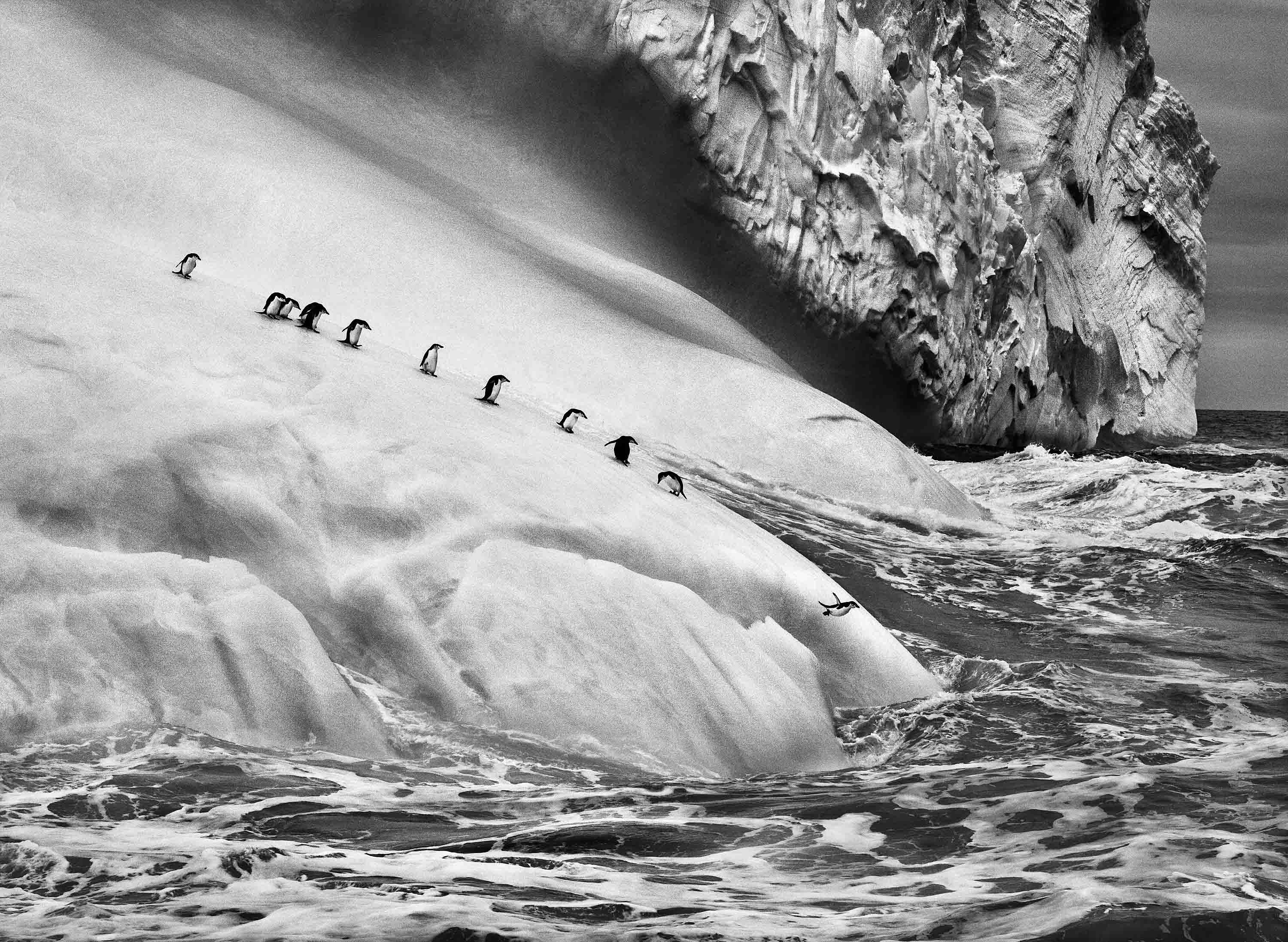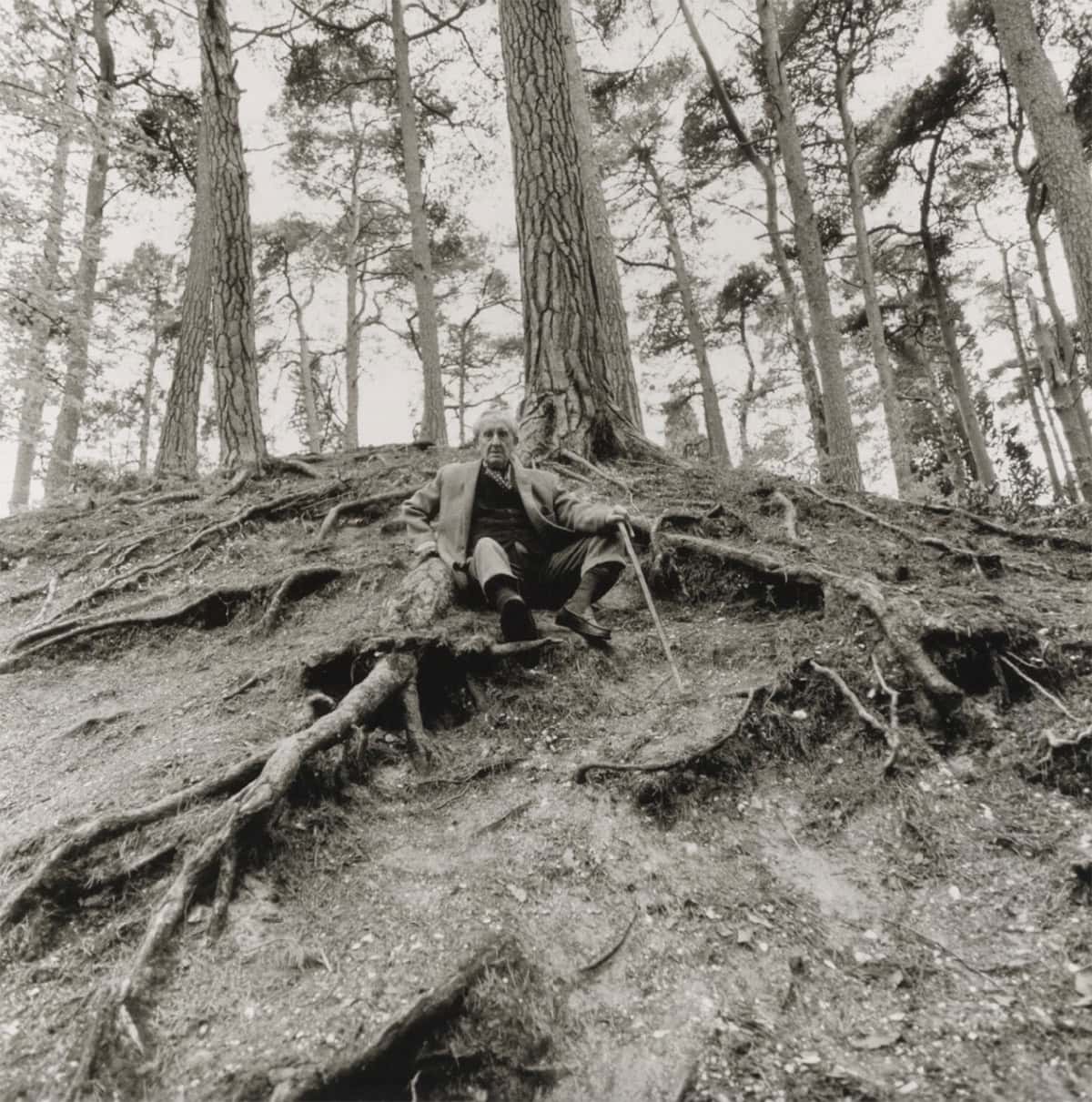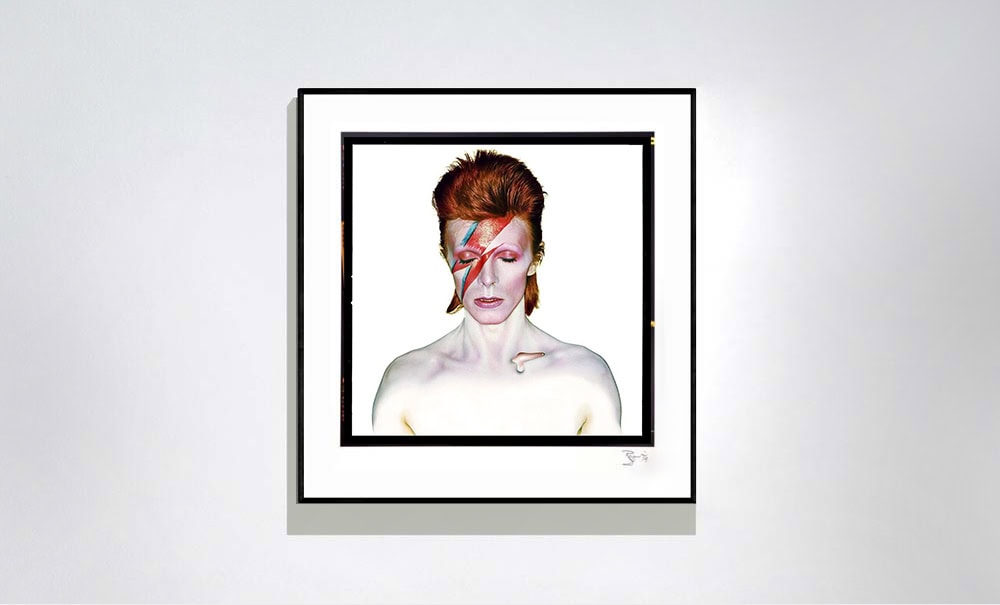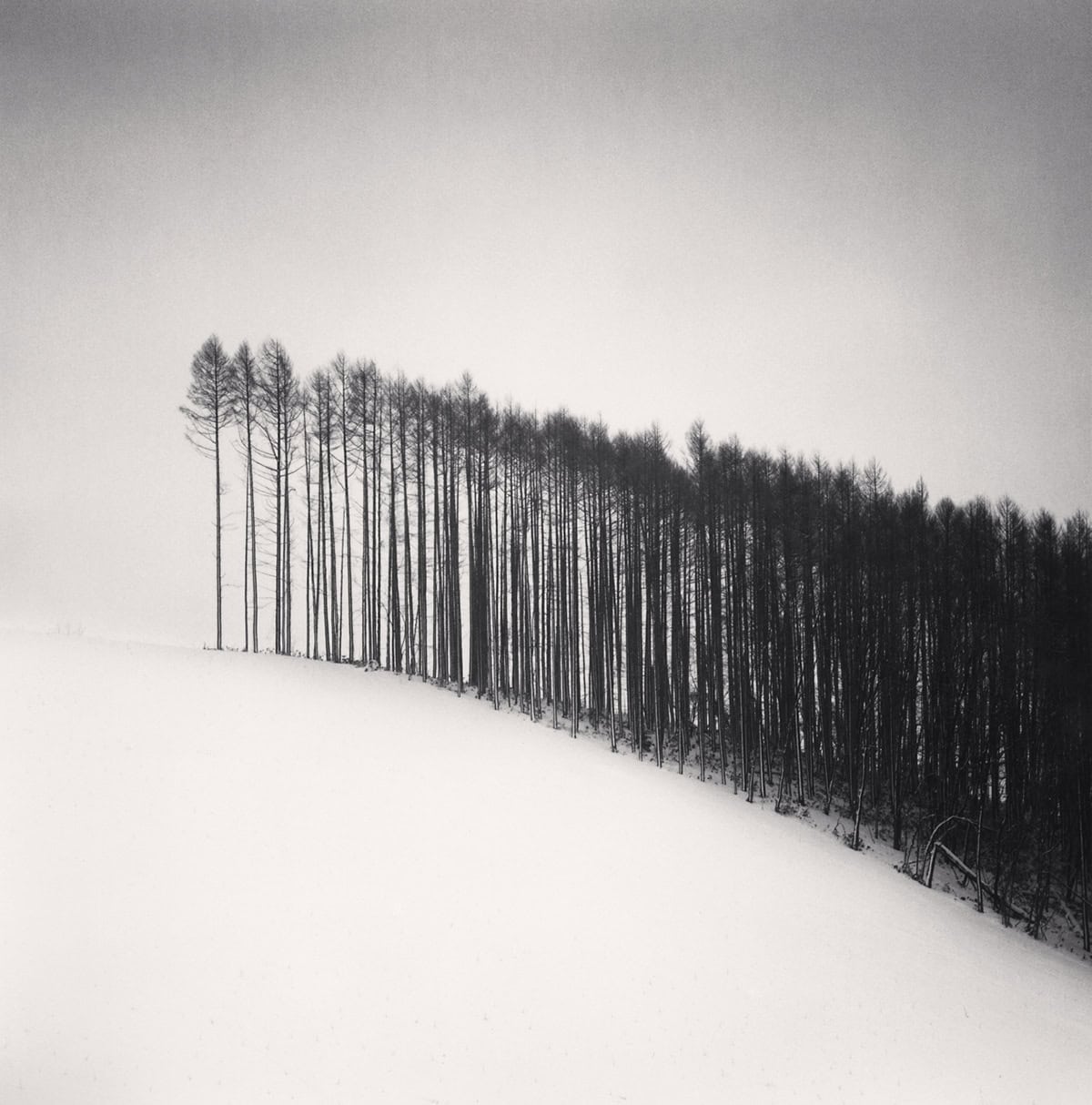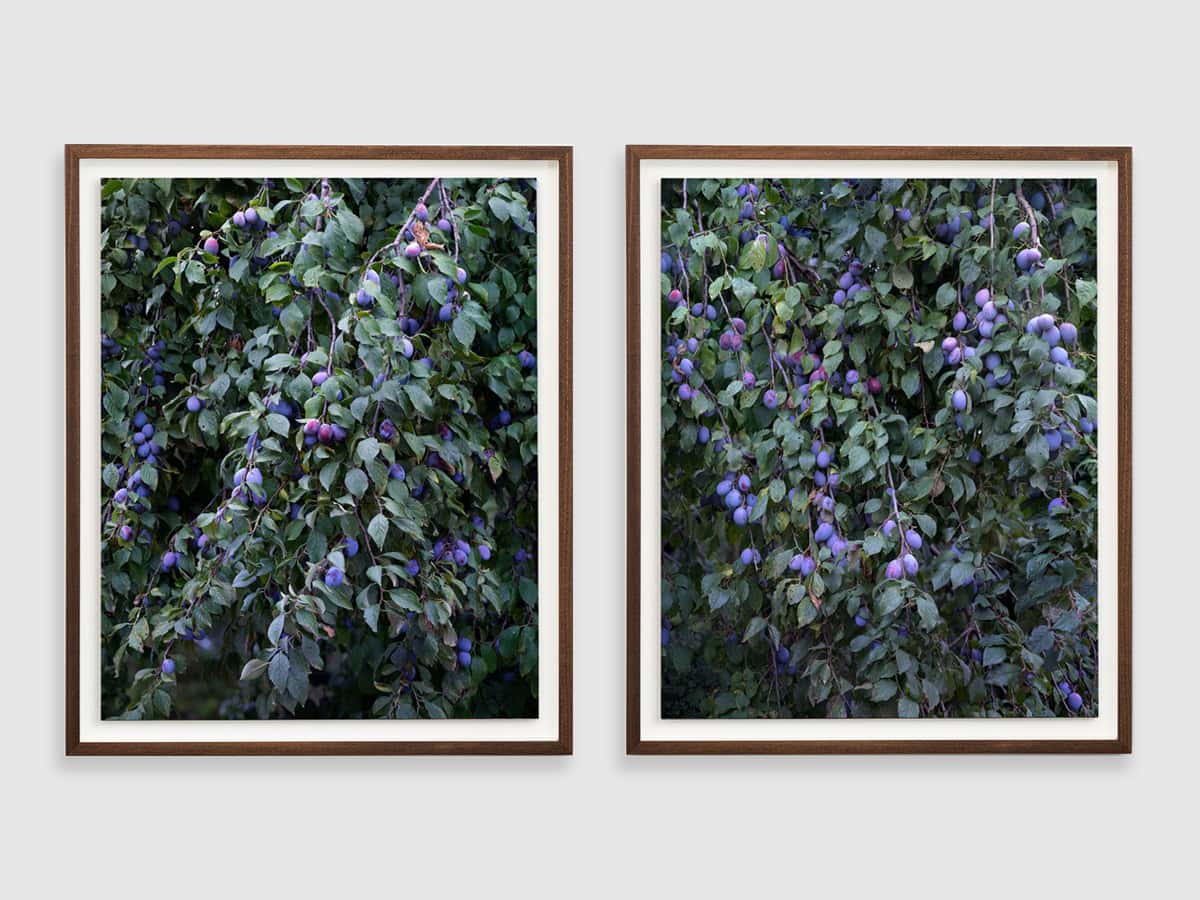Elevating Debris to High Art: Irving Penn’s Masterful ‘Cigarettes’ Series
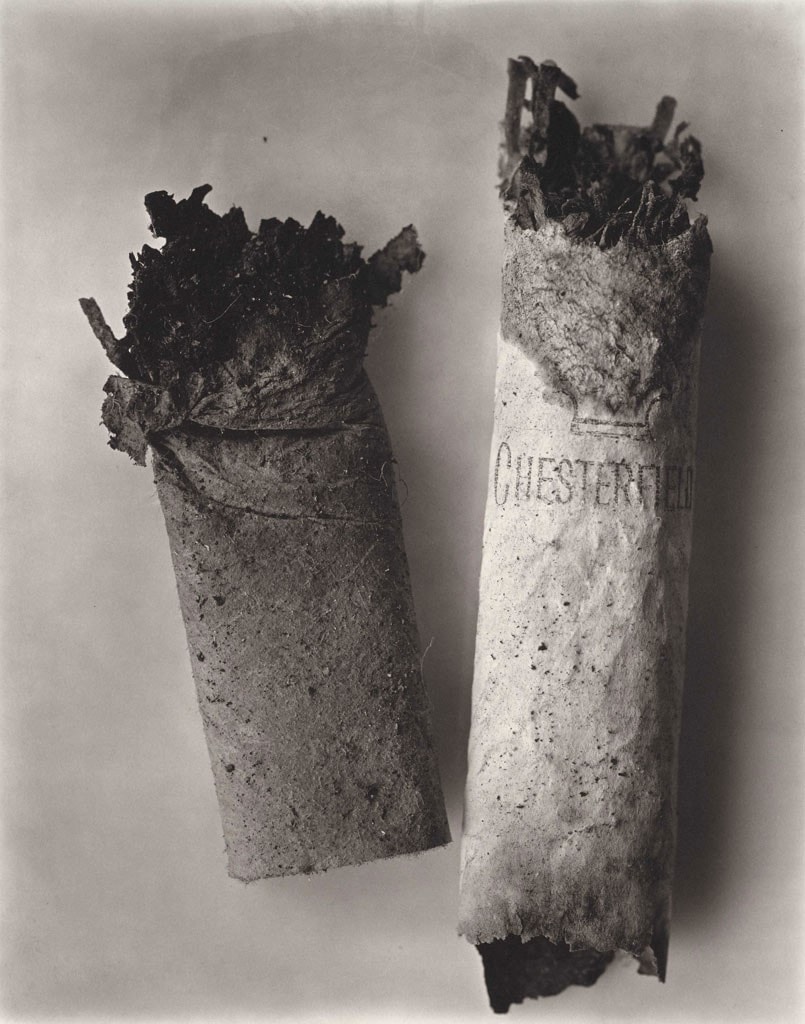
24th March 2023
In the early 1970s, Irving Penn started to collect discarded cigarette butts that he found on the streets, bringing them back to his studio to photograph them. Whether in groups, pairs or solo stubs, Penn positioned all his cigarettes against a plain background, creating close-up studies of their varying forms. Penn’s photographs transform one of the most widely consumed and discarded products of consumer society from that of pure detritus into a symbolic representation of contemporary culture. By removing them from their usual context—the street floor—Penn’s minimalist compositions leave the viewer with little else to focus on, other than the burnt ends of the cigarettes.
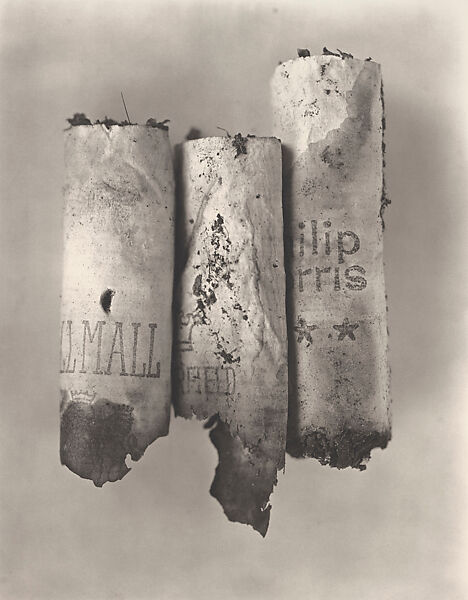
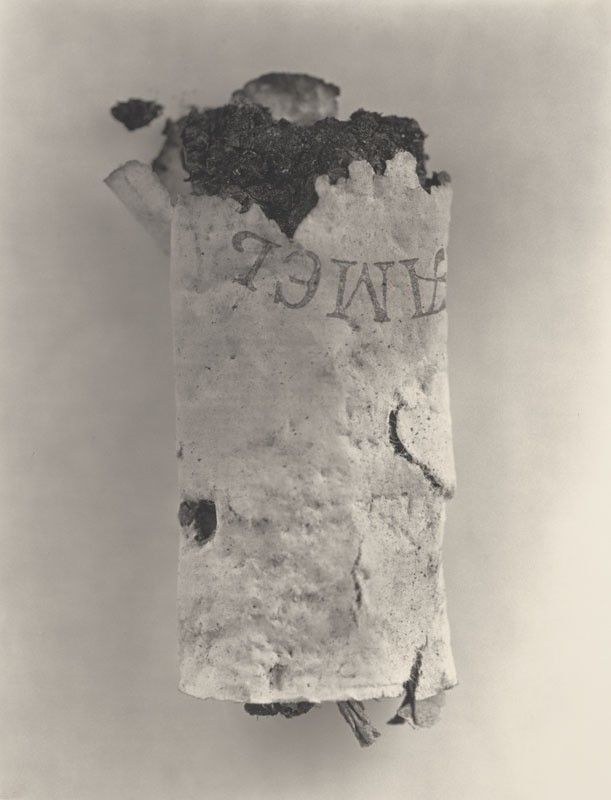
Though Penn is best known for his fashion photography and portraiture, he began taking still lifes in the 1930s, focusing on various objects of consumer culture and flowers in close–up detail. The first cover image that he contributed to Vogue was one of his early still lifes, in this case a handbag and a pair of gloves arranged with oranges and lemons (1943). It was the first cover for the magazine that did not feature a model in the photograph. Over thirty years later in 1975, his Cigarettes series were also published in Vogue. However, it was mostly in his personal projects where Penn focused on the still-life genre. The huge success that he achieved throughout his career was in large part due to the attention to detail that he gave all his subjects, regardless of genre: from frozen vegetables, to Vogue models, to wilting flowers.
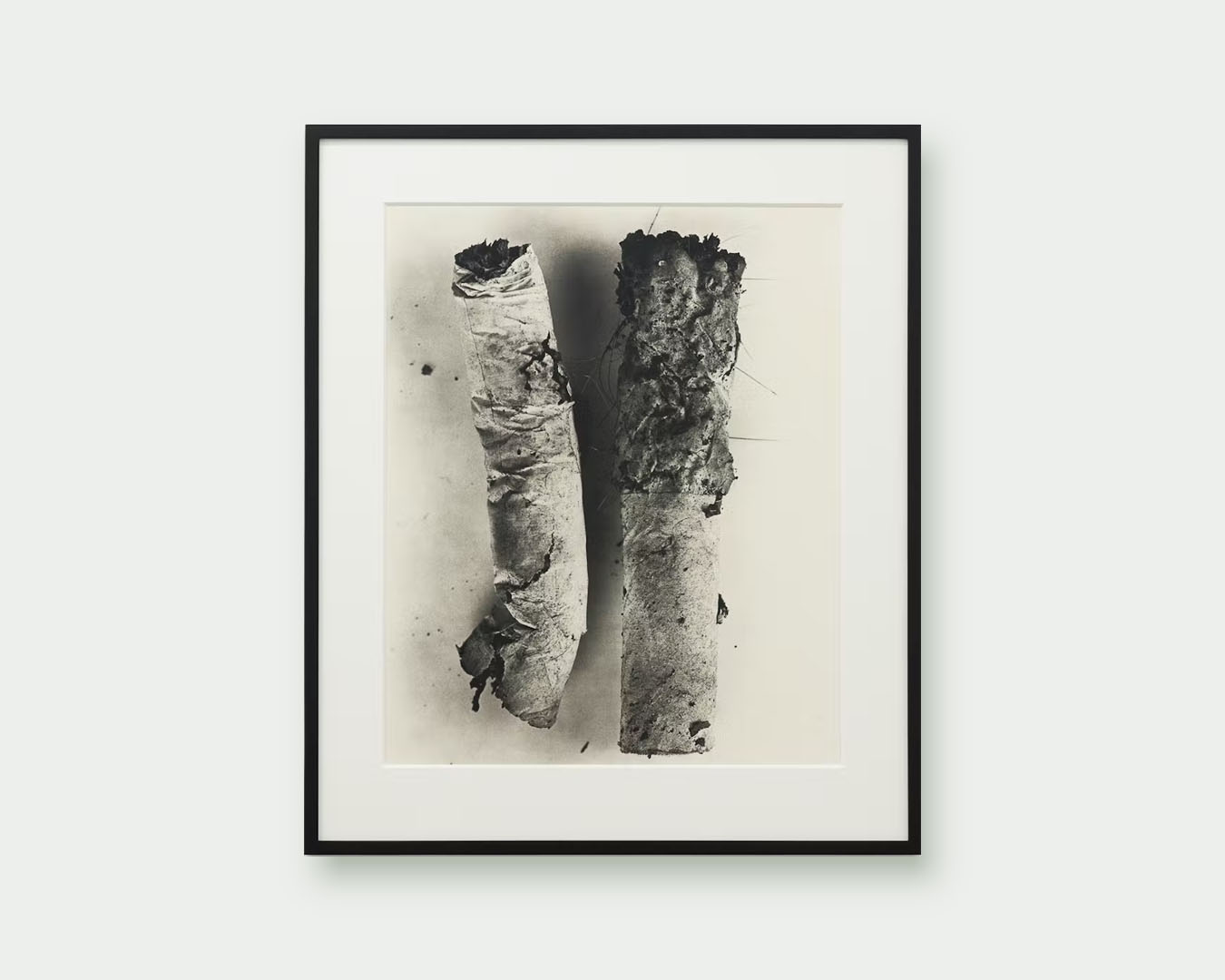
The Cigarettes series was made using the Platinum Palladium process, an expensive practice that allows for a more nuanced tonal range and requires a highly skilled technician. Penn sought to emphasise the material characteristics of the cigarettes, elevating debris to the status of high art. Photographed in such detail, these images highlight the textured qualities of the charred remains of the tobacco and the subtleties in tone on the paper as it was burnt by the flame. Though Penn had printed work using the platinum process prior to this series, it is the first example of his conscious engagement with the technique as an aesthetic choice. When John Szarkowski visited Penn’s studio in 1975 and saw the Cigarettes series, he gave Penn his first exhibition at the Museum of Modern Art, New York, just a few weeks later.
The photographs have been interpreted in many different ways, with some seeing them as a commentary on the dangers of smoking, while others view them as a meditation on mortality and decay. Regardless of their interpretation, the images remain a powerful reminder of Penn’s skill as a photographer and his ability to transform the ordinary into the extraordinary.
FeaturedIrving Penn
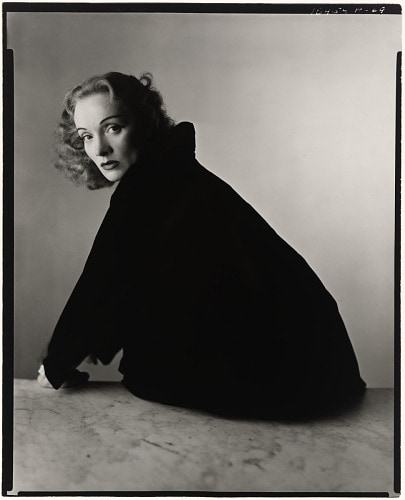
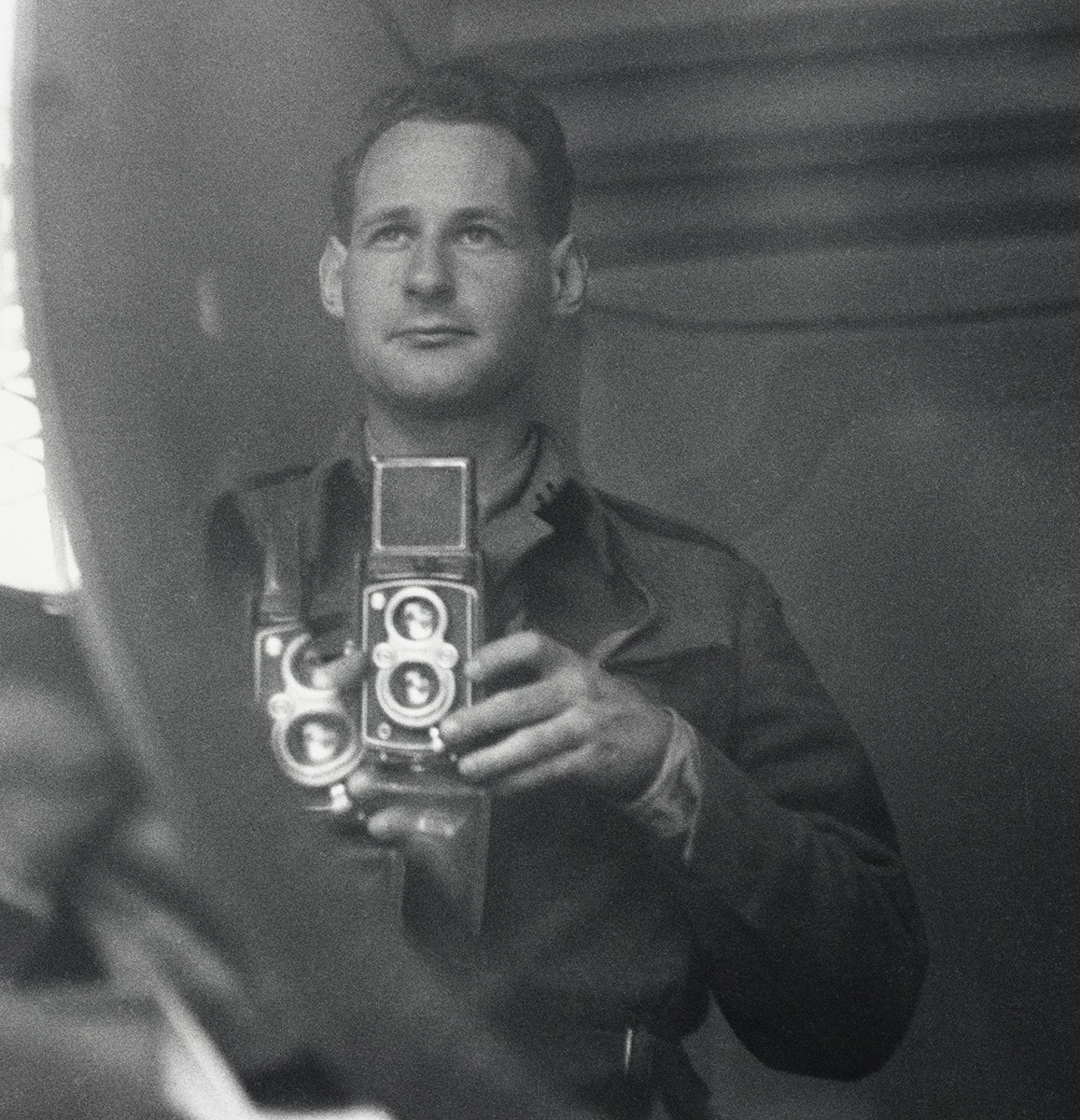
The ArtistIrving Penn has been hailed as one of the greatest photographers of the twentieth century. His portraits and fashion photography have been internationally recognised and celebrated by critics and public alike.
Irving Penn